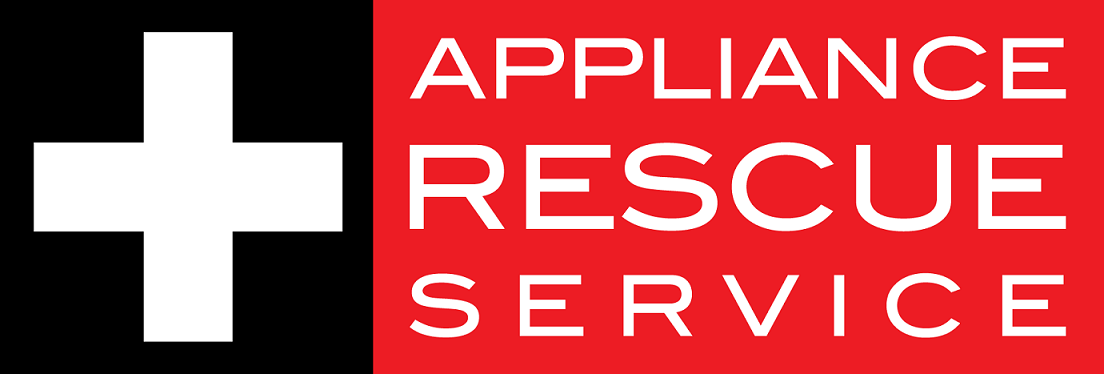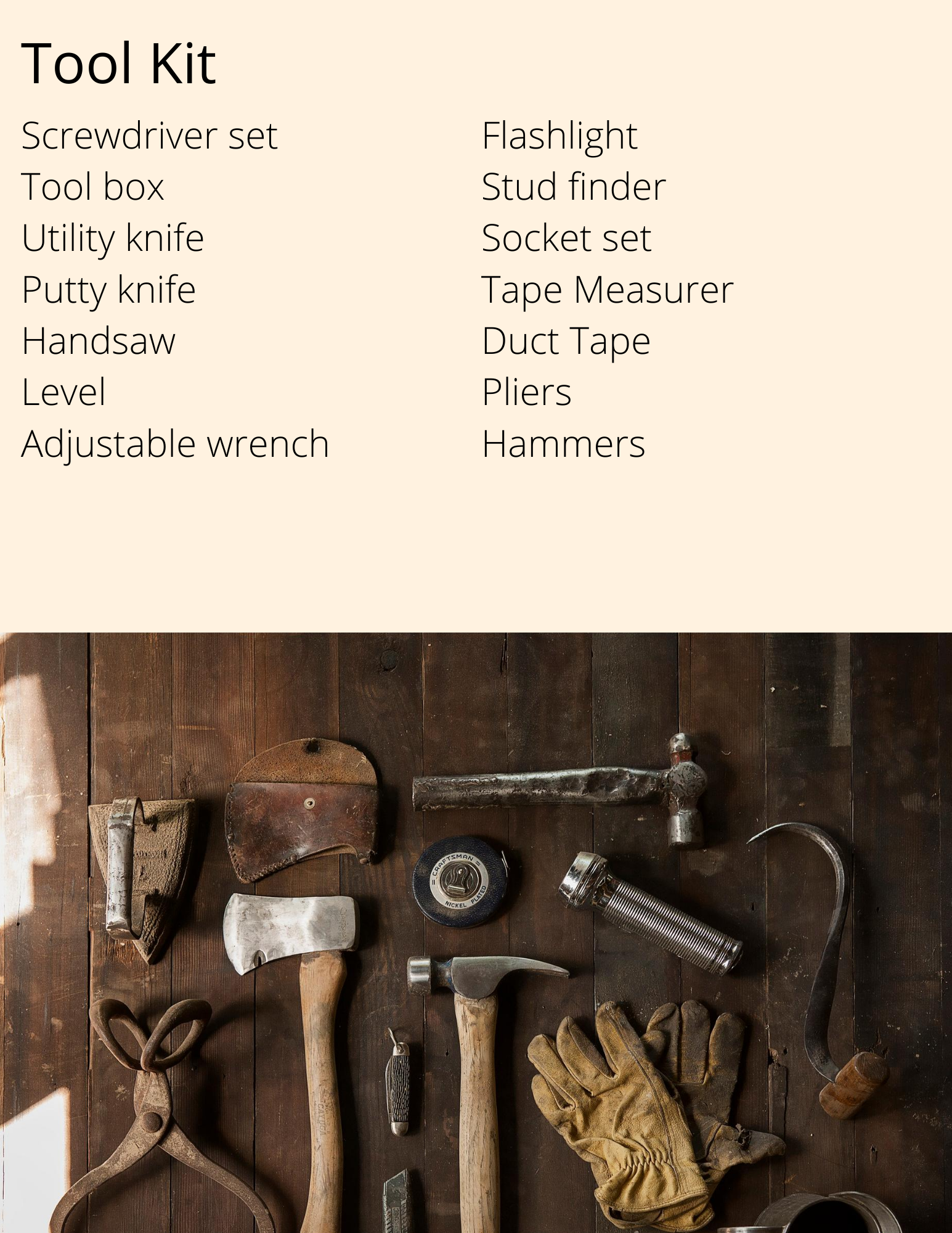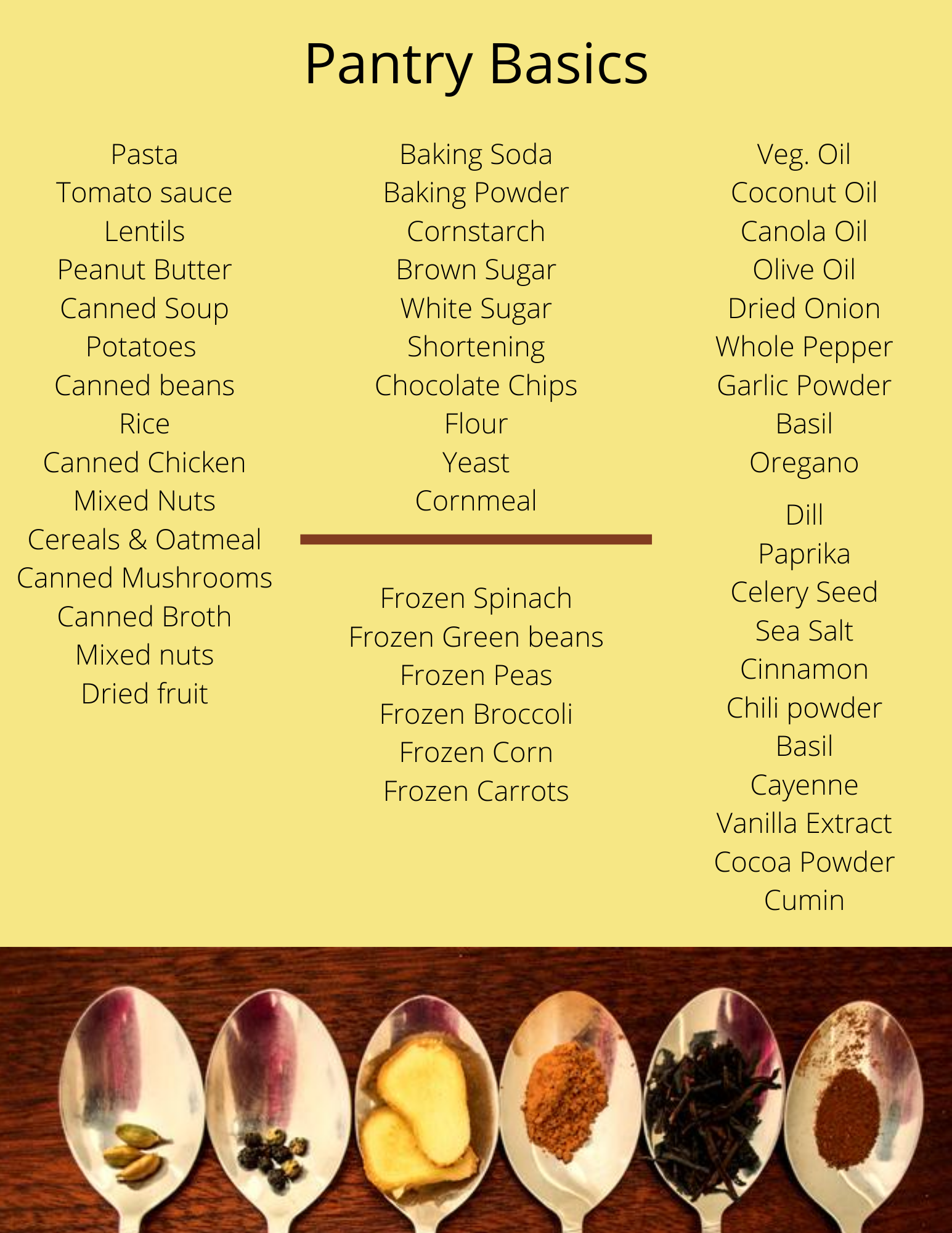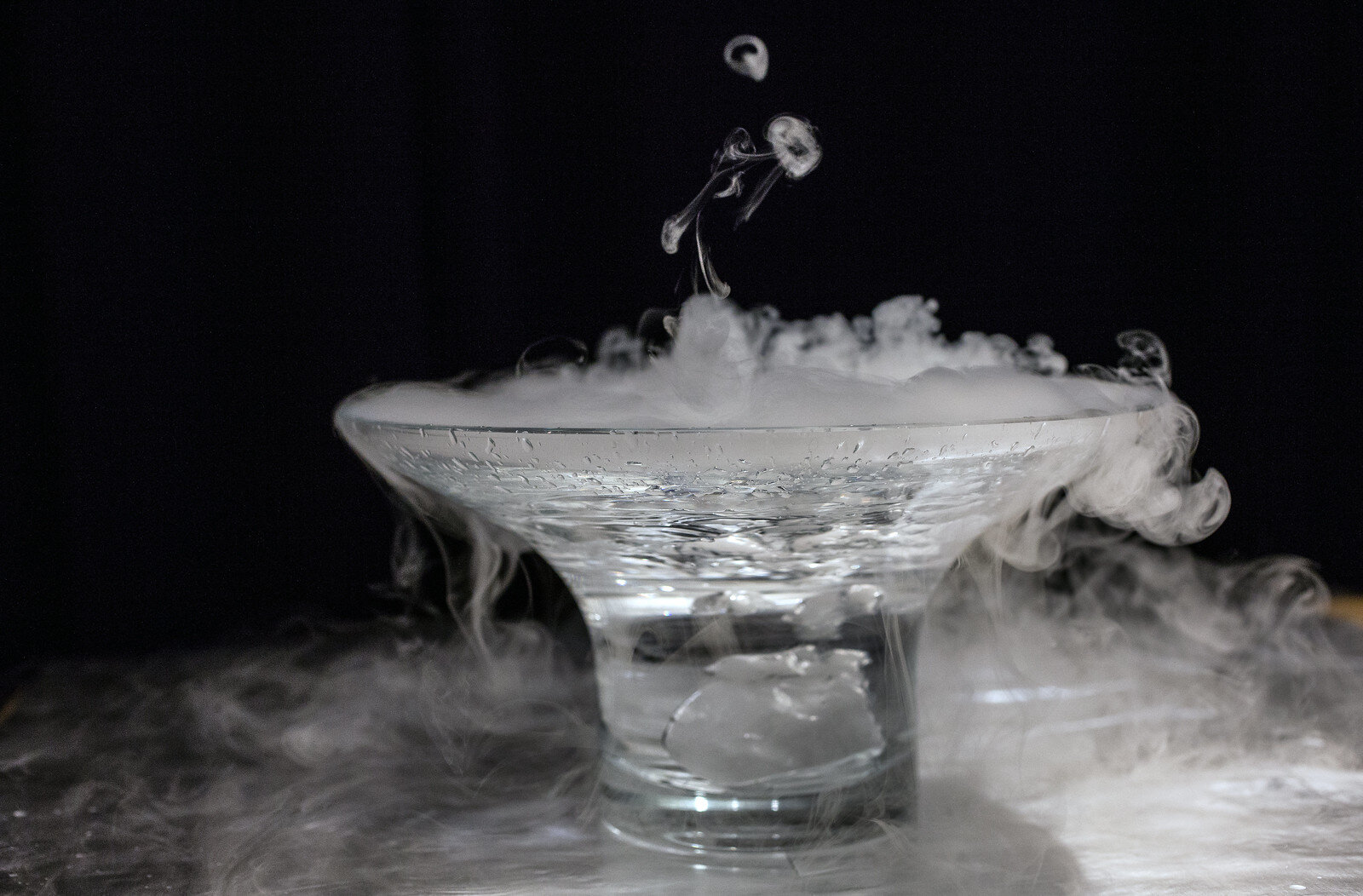A General Guide for Locating Trustworthy Skilled Labor
When was the last time you had your toilet overflow? Or a fuse burn out in your house? If you’ve had it happen we bet you can’t remember it too well. What about when you had to wait around for a plumber or an electrician to come out? We’ll bet you remember that. It tends to stick with you when it messes up your day, having to reschedule and work around their time tables instead of what you have to get done. We all hate the hassle, but what can you do about it? That’s the price of doing business right?
To a degree, yes. Some jobs take longer than others and you can’t help it. On the other hand, you can choose who you hire and make sure they have a good reputation. To help with that we’re going to give you our four steps for finding the best people to trust to come to your home, just like you trust us.
It’s best if you can do this when things are calm and working well at home, rather than when you’re in a bind. This way you don’t have to worry if something breaks, you’ve already done the groundwork. All you’ll have to do is call them up and say ‘Hey, do you have time to fix this?”
Finding Your List
Let’s start with finding them. There’s pros and cons to each of these methods but they are reliable. Starting off, don’t rule anyone out, just take down names and companies, and rates if you can find them. We’ll worry about crossing them off later.
Your go to search engine will, depending on your settings, find people in your area.
The downside to this is that business can pay to be in certain sections of that front page. If you look closely at a Google search, whether you’re on mobile or desktop, you’ll see a section that says it’s an ad in small print.
Below and (sometimes) above that is going to be people who have ranked for that page by having a good reputation and marketing skills. At least as Google’s algorithm decides currently.
Google Maps
Closely related, although not the same, is the Google Maps app. Again you have business that paid to be seen first and then you have ones that are actually near you. If you’re looking at maps it’s going to be based on which businesses are closest to you rather than who has the best reputation.
Facebook has a business section that can be utilized as well. You probably knew that though. Did you know that you probably shouldn't trust the reviews on the page though? Skip down to the bottom of the post to find out why.
Here you’re going to be given results based 90% on how close a business is to you. Or their defined service area overlapping with where you’ve told Facebook you live. The other 10% is going to be how well their most recent posts match what you decided to search.
Something to keep an eye on is how many followers does a business have? While that’s not a foolproof indication, it is a mark in their favor.
Friends, Family and Neighbors.
Unless you live in a rural area (which if you’re one of our clients, you probably don’t) you have people that have dealt with the same problems you have. Everyone has plumbing issues, or their HVAC going out in the middle of summer. (All you have to do is look at Facebook or Twitter to see it.) So ask them. Who did you use? Who would you avoid? Why do you say that? (That last one is very important as we’ll get to soon.)
Ways to Check Them Out
This is a good first place to start. What’s their rating? If they’ve got lower than an A, it’s smart to put them lower on your list, but don’t count them out just yet.
If you haven’t heard of Angie’s List, it’s a fantastic site that verifies everything they put on their site. Businesses, reviews, everything. They even do background checks on the businesses and rate them based on how they’re doing. This is our favorite for hunting down companies when we need something fixed because their grading system isn't’ a flat grade, but instead is based on professionalism, responsiveness, price, punctuality and quality.
We can’t describe Nextdoor better than they have themselves: “Where neighbors exchange recommendations for babysitters, plans for local events, and tips about what to order at that new cafe down the street. Where local agencies connect with neighbors in need. Welcome to Nextdoor.” It’s a great place to check out what others in your area are saying about a place and to get a recent picture of how a place is doing. You can get as specific or diverse as you like. Here you’re able to ask further questions of your neighbors even ones you might not have met yet.
Questions to Ask
We’ve been telling you to ask questions and you’re probably getting annoyed that we haven’t said which ones, right?
You have your basic ones, that all of us know to ask a company.
Can you fix [Insert Your Specific Problem].
What types of payment do you accept?
Can I do a payment plan? (We like this one if the problem is insanely complicated and if it ends up costing an arm and a leg.)
You have the more complicated ones you ask them.
Do you offer a free estimate?
How busy are they and can they work with your schedule?
How does a typical appointment work?
Do they offer service packages?
If you were to ask all of these of us, our answers would be
If it’s a problem with one of your appliances, we’ll do our best to fix it. If we don’t know how, then we’ll learn and we won’t stop trying to fix it until you tell us to stop.
We accept cash, check or
Nope, we don’t offer free estimates because we value your time and ours. Instead we will diagnose the problem and give you a written explanation of what to expect. This includes all parts and labor. Your technician is often able to provide you with life expectancy, preventative measures, and periodic maintenance that may help you decide whether or not to proceed with a repair.
Yes, we do work with your schedule!
To read up on what a typical appointment looks like, check here.
As of right now we don’t offer service packages, although we might in the future. Check back often!
And then you have the ones you ask people who recommended them or advised against them.
Do they railroad you into doing things you don’t need?
We’ve all heard of carpet salesmen or auto repair shops that do this to you. It’s one of the reasons we make sure to ask this, because who wants to deal with that?
Did they explain what was going on or how they planned to fix it?
If you did or didn’t like them, why? What happened?
This one is more important that it might seem. Some people might not have liked something trivial “the repairman forgot to wipe his feet off.” Or it could be a much larger issue “I had something go missing the day they came.” Knowing why someone gave a bad review is just as important as the fact that they did.
Take Reviews With a Grain of Salt
With that last question we come to something very important. With the exception of Angie's List (which we recommended for just this reason) people can say anything they want. They could feel insulted over how the repairman spoke, when really they just had a head cold that day.
Do you feel better prepared for finding a tradesman for your home? Are you less worried about what’s going to happen next time something breaks? We hope so. If you have any questions, comments or ideas for what questions we can answer next, please let us know over on our Facebook page. We’d love to hear from you.
Don’t forget, our technicians are always here to help you. We want to keep your home running in a smooth fashion. If something’s broken, it’s not working quite right, or just if you want us to come and give you some maintenance tips, we can do all of that for you. All you have to do is make an appointment on our page.




















